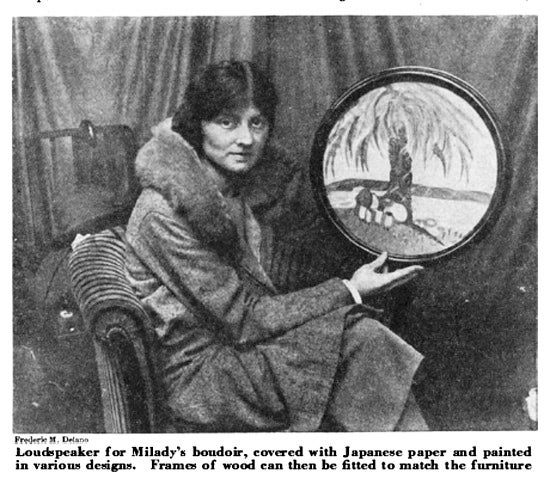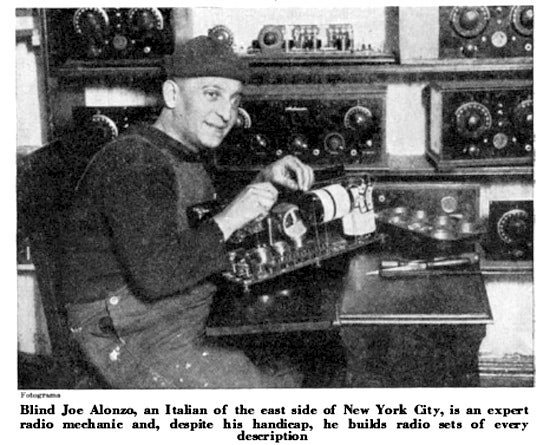This article was published in Scientific American’s former blog network and reflects the views of the author, not necessarily those of Scientific American
With the rising popularity of the radio and increased interest in broadcasting, Scientific American began running a section called “Radio Notes,” which appeared monthly.
One article from this section in the February 1925 issue cautions readers to use discretion when listening to the radio. Entitled “Beware of the Radio Cult,” the article acknowledged the ease with which information could be passed to listeners from seemingly wise but ultimately unreliable sources. Listeners may have been more easily persuaded because of the radio's mysterious ability to be heard at any moment. The phenomenon constituted “too good an opportunity of profit to be neglected by the promoters of this or that ‘ism’ which thrives on deluding the public.”
On supporting science journalism
If you're enjoying this article, consider supporting our award-winning journalism by subscribing. By purchasing a subscription you are helping to ensure the future of impactful stories about the discoveries and ideas shaping our world today.
The article uses the case of the “Abrams cult” as an example of false promises for monetary gain made over the radio. In the 1910s and 20s, Dr. Abrams preached that all diseases had specific vibrations and could be cured through the use of his "electronic box." This type of treatment was scientifically discredited in numerous publications, including Scientific American. However, the article argues that the scientific and medical terms used to advertise Abram’s cures were able to fool the common listener into believing their legitimacy. “We hear of ‘neurophonometers’ and ‘neurocalometers,’ of the ‘vibrations’ of one’s ego, of ‘ionics’ and ‘odics’ and ‘elods’ (whatever they may be). All are supposed to be related to the marvels of the radio.”
When we watch television, we are advised not to believe everything we see. When we read a newspaper or anything on the internet, we are told not to believe everything we read. Clearly, a lot of us still have trouble sticking to these adages, making it easy for others to make a living by drilling the public with opinions stated as facts. In 1925, Scientific American warned, “It is easy to make high-sounding words, much easier than to make scientific progress…Most of the ‘marvelous discoveries’ announced recently are nothing but the moonshine of some unscrupulous confidence man who ekes out a precarious income by exploiting any ‘mystery’ in which he can persuade his victims to believe.” So please, readers, go forth with caution and level-headedness as you wade through the swamp of the ever-present media outlets. Resist the cult.
As an added bonus, I’m going to include some photographs from this same edition of “Radio Notes” that have no accompanying articles (and are not related to the previous story) but are still interesting to look at. Enjoy!
First, a fashionable radio loudspeaker for "Milady's boudoir"--

And second, a snapshot of Joe Alonzo, a competent radio mechanic despite being blind--
